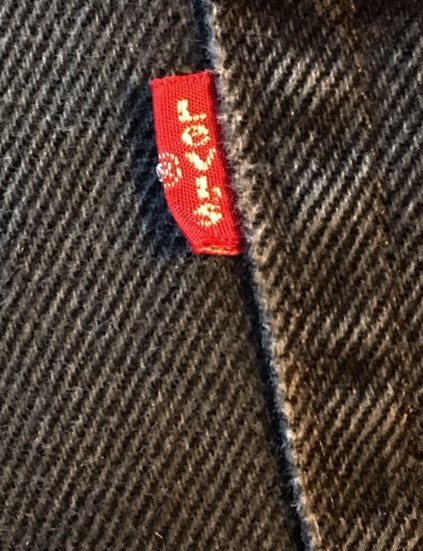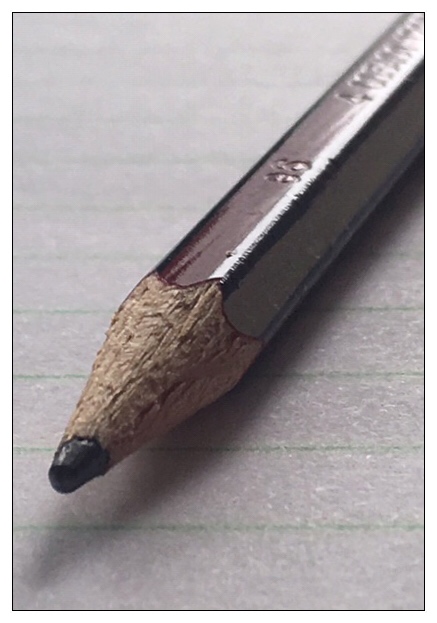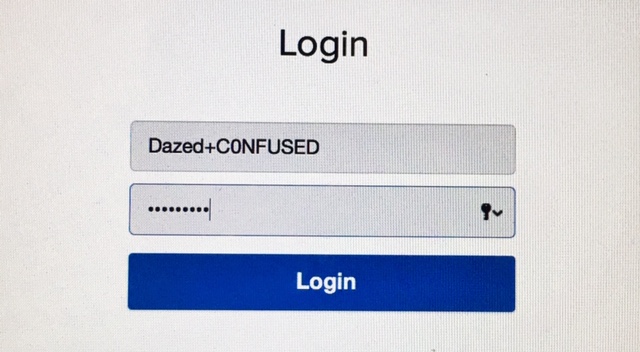
By Laurel Christie
Every morning for the past two months, I wake and gauge the weather from the open slots in the blinds from the first light of day. I lay there, blanketed, on my right side, my good side, silently becoming again, with the whispers of how do I feel already smokily winding their way through my body.
It was impossible to rise, check the phone, and without a thought, mechanically start the machine that showers, that washes down a slight breakfast, that chooses a uniform for the day, that drives to a familiar destination to generate income, only to later drive back to a place not my own, unaware of the miles passing beneath the tires because the mind plays a continual loop of a fantasy life, lived somewhere else in a pendulum sway of past and future.
I lie here and think, those days are over. I am alone and unemployed.
It took a move, at 53 years old, to break what I hadn’t even realized. . . a lifelong pattern of habitual feelings, behaviors, and actions that kept me cocooned in a belief system that I suppose was just good enough, familiar, and frankly quite boring.
And even more truthful, I readied myself daily, armored and disguised in playing small in a suburban part of New England where my parents grew up, and their parents before them, and so on.
Was I afraid of life?
I never thought about it.
I did things, of course; raised a family, married and divorced. Twice. I indulged in my creative endeavors by singing in bands, continuing on doggedly with my art in spurts of actively painting, then having years of dry spells where inexplicably I couldn’t touch paint to paper.
I would write in a special journal occasionally, usually arduous tales of woe, under the pen, rifling words of disappointment on where I thought I should be. Where was I going? Why was I stuck?
Weekends would come, and I reveled in those years of consoling myself in the company of long-term friends, where we would smoke and drink wine together, forgetting that life had a way of dredging the bottom of our lakes, looking for those drowning, lost souls that were important to someone.
Then it all became too much.
There was no more hiding behind alcohol or relationships. I was addicted to MORE in whatever form it chose to take, and my life was spared in recovery.
That was thirteen years ago, and through the hills and valleys of this journey, the question is not so much am I afraid, but is my present life based on old assumptions and paradigms from the conditioning of family, peers and environment, thus creating what was once the familiar, the comfortable, and the known, is now completely stepping outside into the unrecognizable, into the virtual unknown.
What was I expecting in a move to a new state, where I was jobless, and knew no one?
My partner moved for a job, and I followed. Beyond that, I never considered how this upheaval would change me in so many ways, but also hold a mirror to the core of my fears, doubts and insecurities.
I suddenly felt old beyond my years, friendless and wandering the city streets, searching for ways to acquaint myself with not only this foreign place, but the surprising notion of who I was without my safety nets?
I felt I needed to thrust my whole being back into the rote of a job, any job, while studying for a test as part of the state licensing requirements to continue my therapy practice. In two months’ time, I quit two menial jobs, got into a car accident, visited numerous churches in search of solace and spent many days feeling lost and miserable. I created a separateness with my concerned partner, a witness to my daily crying jags, and laments over how I was not contributing, not viable, that I hated living in the city.
I longed for connection, and searched for it in recovery groups, spiritual groups, social media. . . anything to distract me from the obvious disconnection with myself. I was failing.
A wise person once said to me, “Any time we search for anything, it is because we are unhappy.”
Like any addiction, I realized that I was again searching for meaning outside of myself for knowledge, comfort, answers.
I needed to slow down. My mind had been racing, for years, over the pressure to be larger than life, to have the ideal relationship, and to be a recognized and monetarily successful artist before time ran out.
But in all the time of searching, my inner well was as dry as dust, and darkened by my futile attempts to get somewhere.
Jon Kabat-Zinn says, “Wherever you go, there you are.” No truer words have been spoken. Ever since I had read that phrase, I repeated it to others, and to myself but never quite underst0nding the brevity of its meaning.
Here I am, in a brand new situation. Did I want to carry around this warped package, wrapped with anxiety and fear in an old sack slung over my back?
I had to change my thinking, and when I truly availed myself to my new world, the answers came through signs, symbols and intuitive feelings.
I saw birds that represented freedom, the fragrant smell of balsam fir reminded me of the beauty of nature everywhere. The small sketches I created didn’t have to be masterpieces, they kept me in an artful creative mindset. The exploration of the city exposed beautiful architecture and food from all cultures.
The opportunity to truly rest, with the support of my partner, was finally accepted.
Slow down. Calm. Ritual. Kindness.
You don’t have to believe everything you think.
Let it go. Let it go. Let it go.
The practice is daily. Every moment can be considered a success. Sometimes it is eating well. Sometimes it is reaching out and making that phone call to a friend. Sometimes it is five minutes of doing nothing. Sometimes it is a walk, playing with the dogs, making some marks on a paper, getting one task done.
Sometimes it is just a good hair day.
My expectations are gone because the future has not, and will never, arrive. There is great relief in that. It lets me off the hook. I am as good as I shall be.
Here. Today.
© 2019 Laurel Christie
Laurel Christie is a healer, an artist and writer who simply lives in the woods of New Hampshire with my partner and two dogs. Her fascination with the way human beings relate to one another, inspires her art, poetry and vlog musings.




